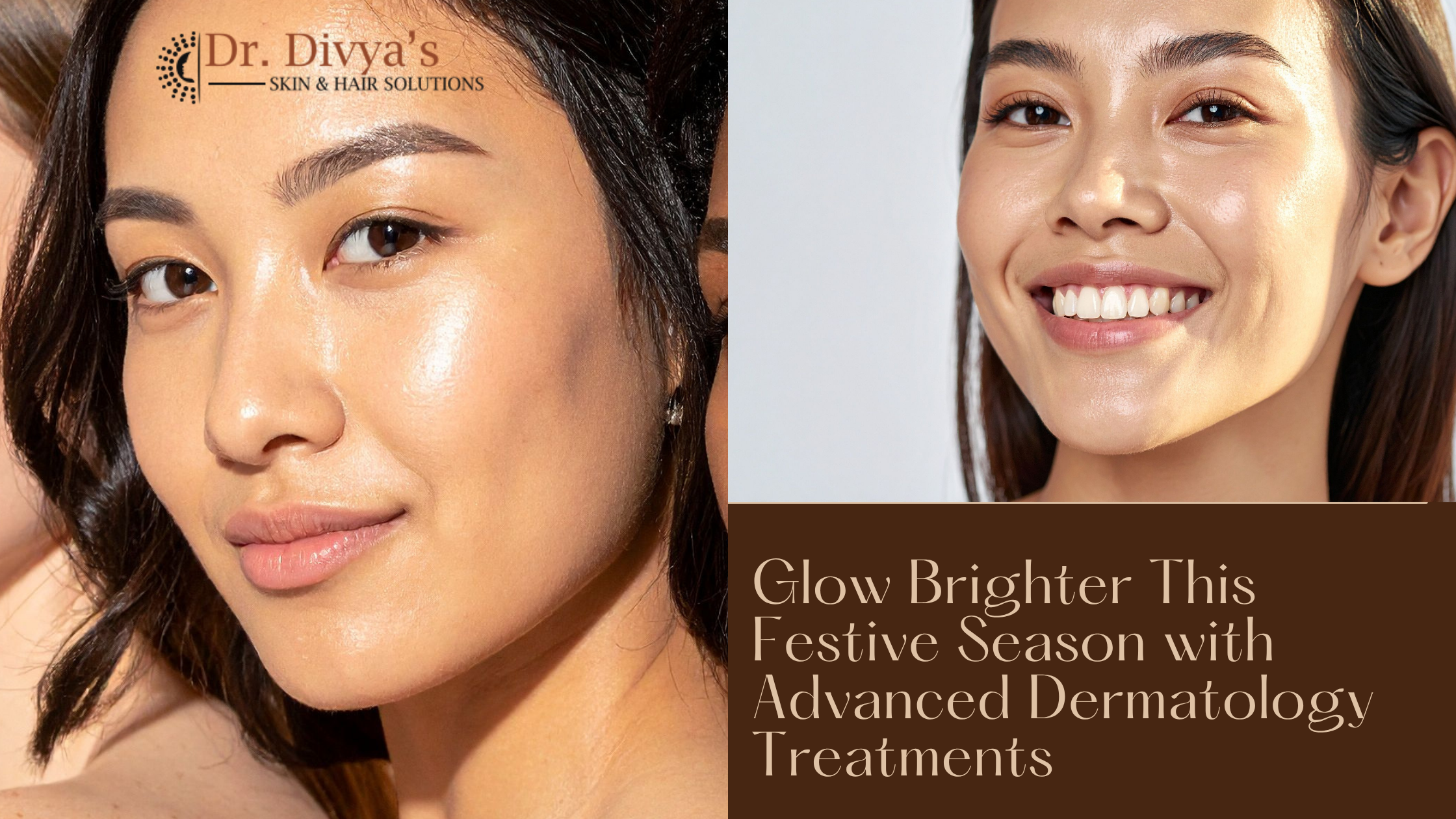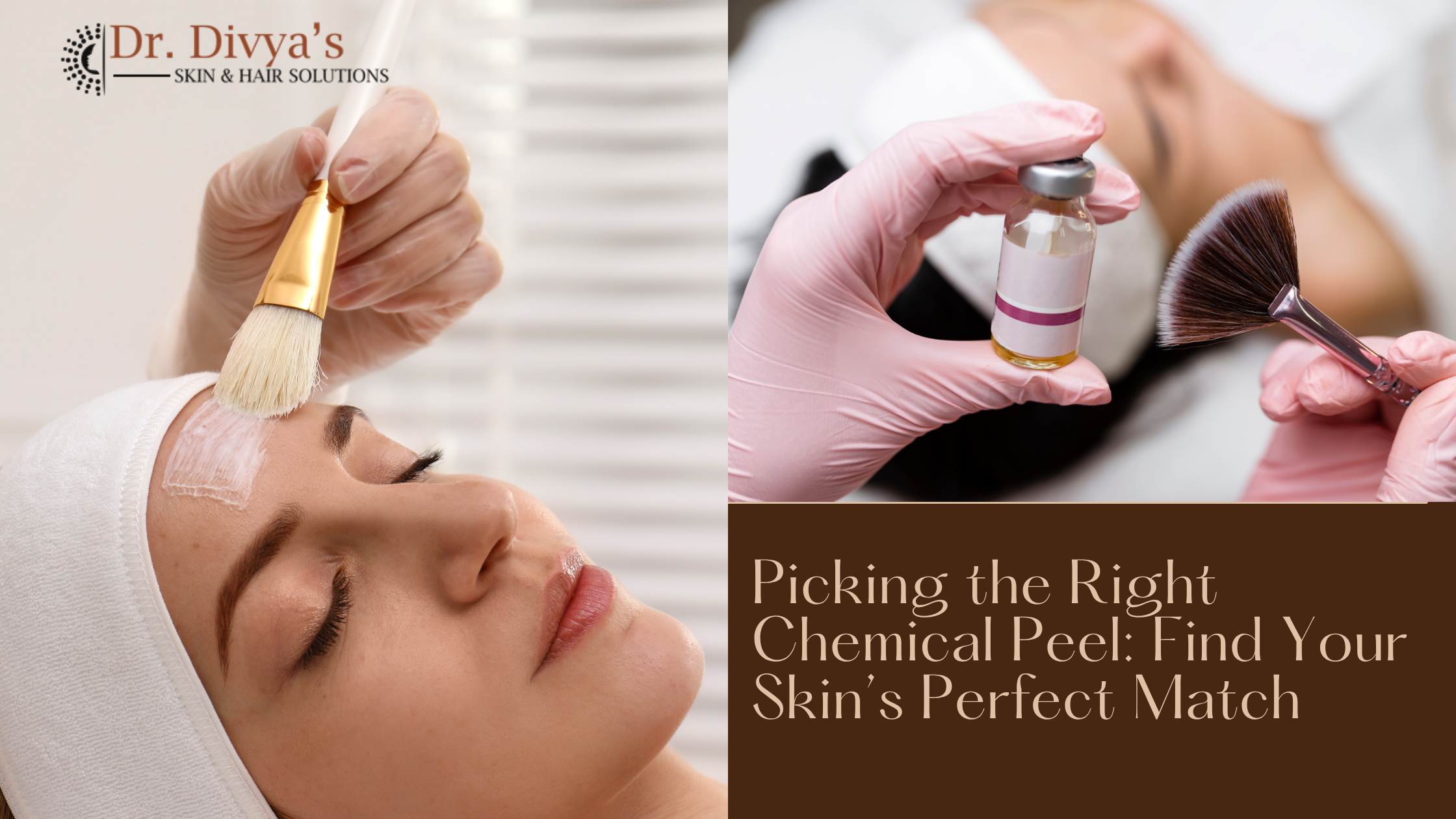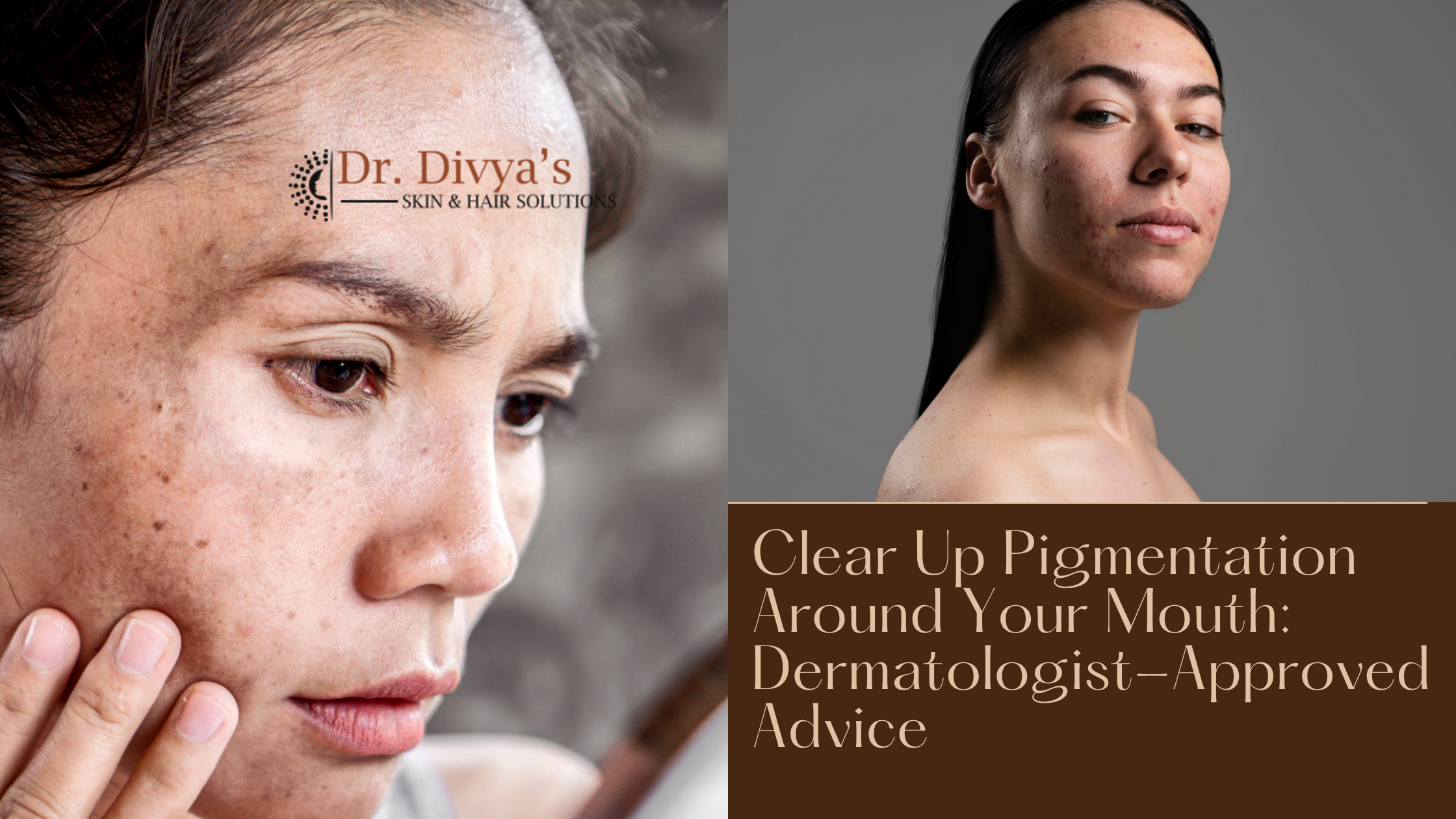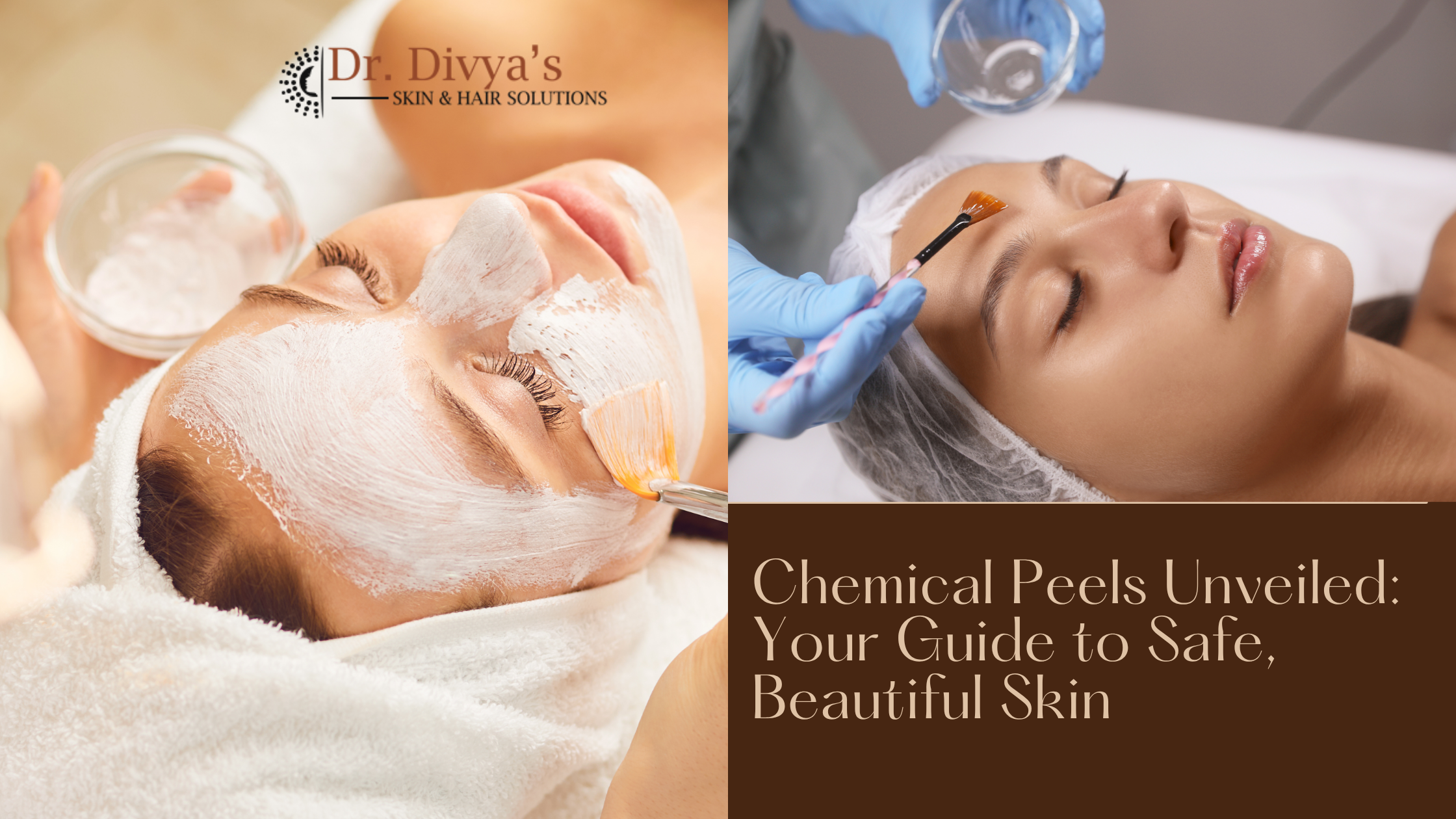Posted date on Jul 01, 2025
Hair loss is no longer just a cosmetic concern-it affects confidence, emotional well-being, and even social interactions. Whether you're noticing hair thinning along your parting line or excessive shedding during hair wash, you're not alone. Many people, both men and women, are in search of effective, lasting solutions to stop hair fall and stimulate regrowth.
While traditional remedies like oils, serums, and medications have been around for years, newer treatments such as GFC (Growth Factor Concentrate) therapy are making headlines for their promising results. But how do these methods actually compare?
In this blog, we'll take a closer look at GFC hair treatment vs. traditional hair regrowth approaches, breaking down the differences, benefits, and what might work best for your hair type and condition. If you're trying to decide which path to take for healthier, thicker hair-this guide is for you.
What is GFC Hair Treatment?
GFC stands for Growth Factor Concentrate. It is an advanced, non-surgical hair regrowth treatment that uses your own blood to extract natural growth factors. These are then injected into your scalp to stimulate hair follicles, improve hair thickness, and reduce hair fall. GFC is often referred to as a more refined and effective version of PRP (Platelet-Rich Plasma) therapy, offering faster results and fewer side effects.
How is GFC Different from Traditional Hair Regrowth Methods?
Let's compare GFC with common traditional hair treatments to see how each one works:
| Aspect |
GFC Hair Treatment |
Traditional Methods |
| Source |
|
Uses patient’s blood to extract growth factors. Uses a special standardized kit
|
|
External products applied topically oral consumption |
|
Procedure
|
|
Injected into the scalp with precision
|
|
|
Topical application or oral intake
|
|
| Scientific Backing Cases |
Clinically proven to boost natural hair regrowth |
|
Mixed results, often slower and dependent on individual
|
|
|
Invasiveness
|
Minimally invasive (tiny injections) |
Non-invasive, but may require long-term usage |
| Side Effects |
Minimal (since it uses your own blood) |
Possible allergic reactions or scalp irritation |
| Effectiveness |
High success rate in early-stage hair loss. Results are better when combined with topical/medical treatment |
Varies from person to person
|
|
Sessions Required
|
6 to 8 sessions typically needed
|
Benefits of GFC Hair Treatment
1. Safe & Natural
Since GFC uses your own blood-derived growth factors, there's minimum risk of allergic reaction or rejection.
2. Effective for Early Hair Loss
GFC works best for individuals in the early to moderate stages of hair thinning, where follicles are still alive but weak.
3. Improves Hair Quality
Not only does it reduce hair fall, but GFC also helps in improving hair texture, volume, and strength.
4. No Downtime
After a session, you can return to your daily activities the same day. There's no major pain, stitches, or long recovery period.
5. Fewer Sessions, Lasting Results
Unlike traditional treatments that demand daily or weekly use, GFC requires only a few sessions spaced weeks apart, and the results are longer-lasting.
Limitations of Traditional Hair Regrowth Methods
While traditional treatments can offer mild to moderate benefits, they often come with challenges like:
- Slow results (taking several months to notice changes)
- Dependence on continued use (stop using them, and results may fade)
- Hit or miss efficacy (works for some, not for all)
- Side effects from over-the-counter medications or topical steroids
Who Should Choose GFC Hair Treatment?
GFC is a great option for:
- Men and women with early signs of hair thinning
- Those with androgenic alopecia (male or female pattern baldness)
- Individuals not getting results from traditional methods
- People looking for a non-surgical, natural hair regrowth solution
Although it's not always the best option, PRP (Platelet-Rich Plasma) therapy can be very successful in treating early-stage hair loss. The treatment could not work for people who are completely bald, meaning their hair follicles are no longer functioning. Similarly, PRP may not be safe or effective for those with specific medical issues, including autoimmune diseases, persistent infections, or blood disorders. The presence of functional, healthy hair follicles and general health are necessary for PRP's effectiveness. To guarantee the proper procedure, it is essential to consult with a certified dermatologist.
However, it's not ideal for people with:
- Complete baldness (where hair follicles are dead)
- Certain medical conditions like blood disorders or infections
- Always consult a certified dermatologist or trichologist before starting any hair treatment.
Conclusion: What Works Better-GFC or Traditional Hair Regrowth?
If you're looking for faster, more reliable, and clinically proven results, GFC Hair Treatment stands out as the better choice-especially when compared to the slow and inconsistent effects of traditional methods.
That said, it's essential to address the root cause of hair loss-be it hormonal, nutritional, or stress-related-before choosing a treatment. A combination of lifestyle changes, a healthy diet, and expert advice can make a significant difference.
FAQs
1. Is GFC hair treatment painful?
Not really. Most people experience only mild discomfort during the injections. Numbing cream can be used to make the procedure comfortable.
2. How soon can I see results after GFC treatment?
You may start noticing improvement in hair texture and reduction in hair fall within 2-3 sessions. New hair growth is usually visible by 2-3 months.
3. How many GFC sessions are needed?
Typically, 6-8 sessions are recommended, spaced about 4-6 weeks apart.
4. Can I use traditional methods along with GFC?
Yes. Your doctor may recommend supportive care like hair serums, Minoxidil, multivitamins, along with GFC.
5. Is GFC suitable for women with postpartum hair fall?
Yes, GFC is safe and effective for women facing postpartum or hormonal hair loss, but only after consulting a specialist.





